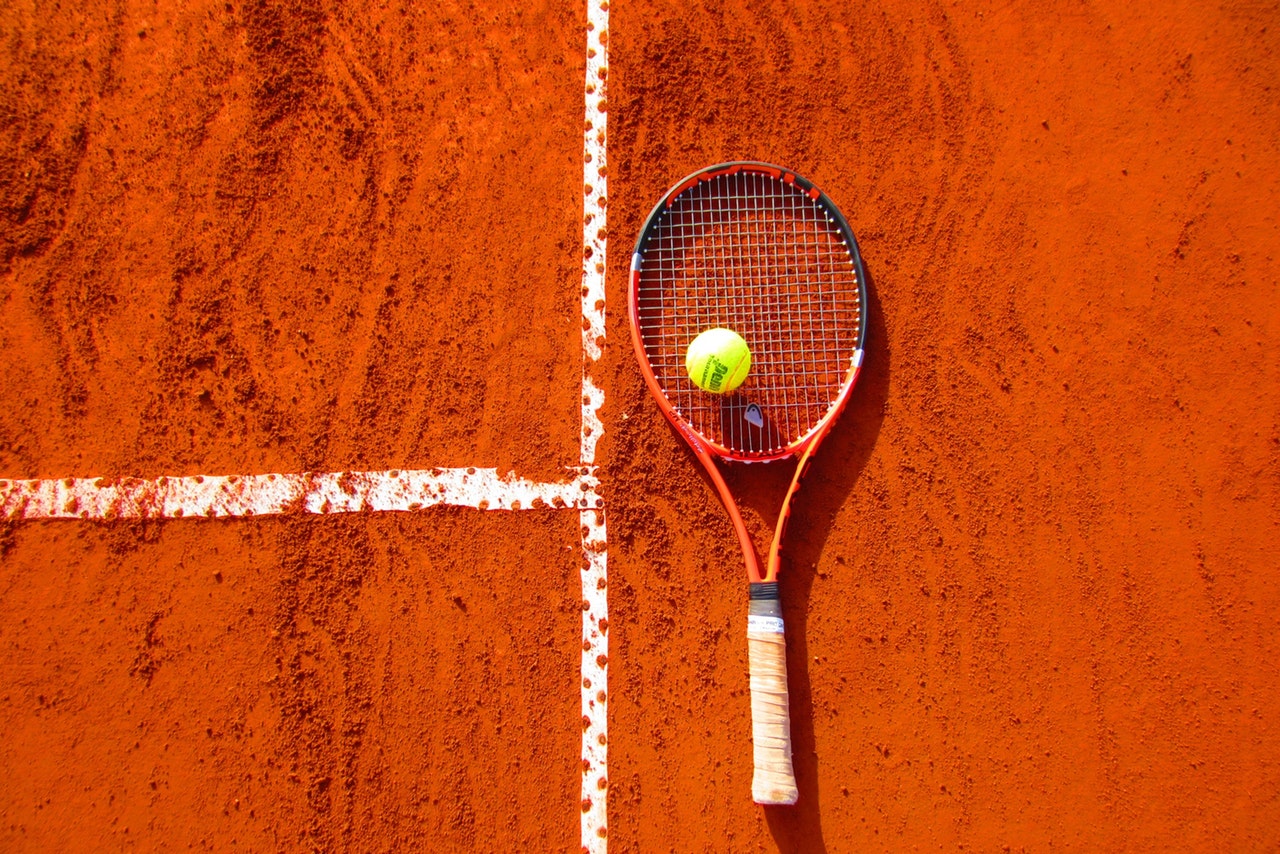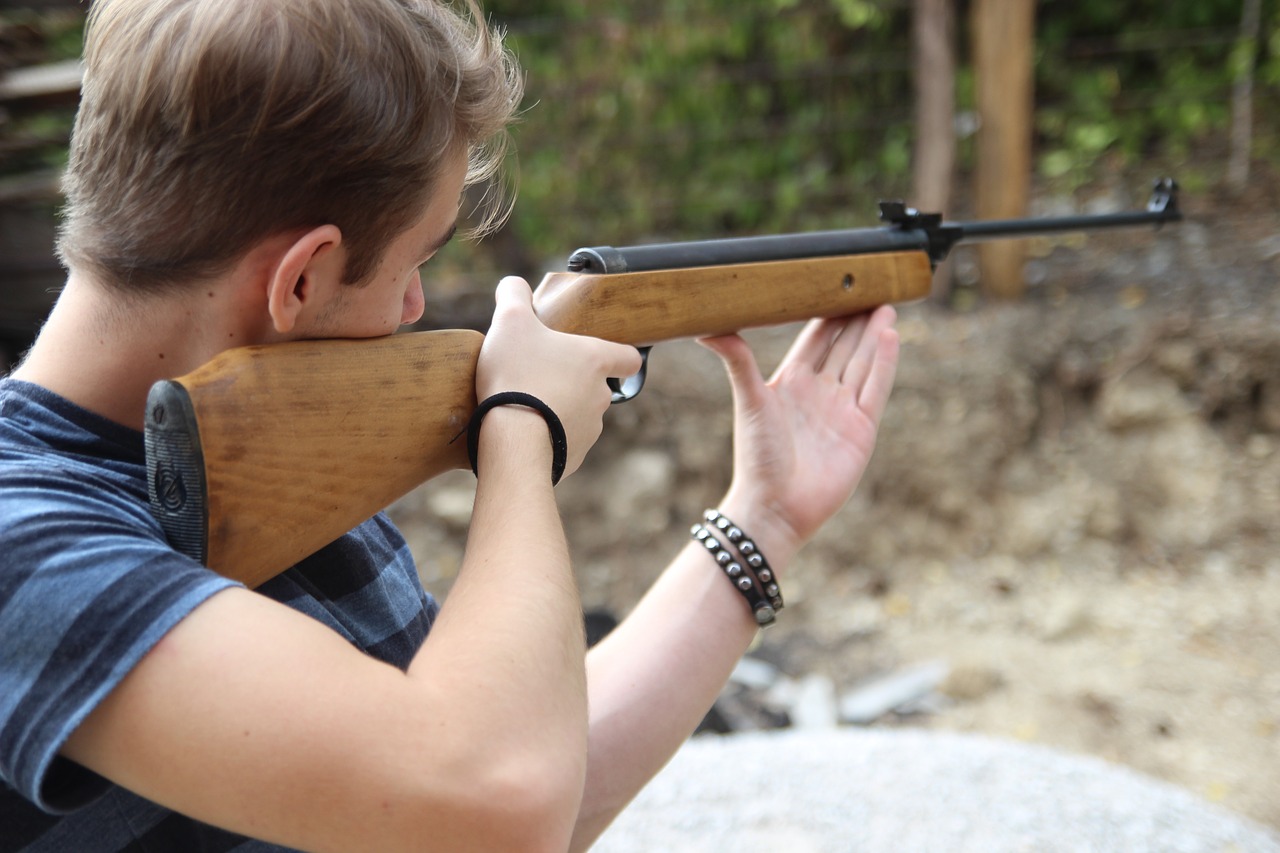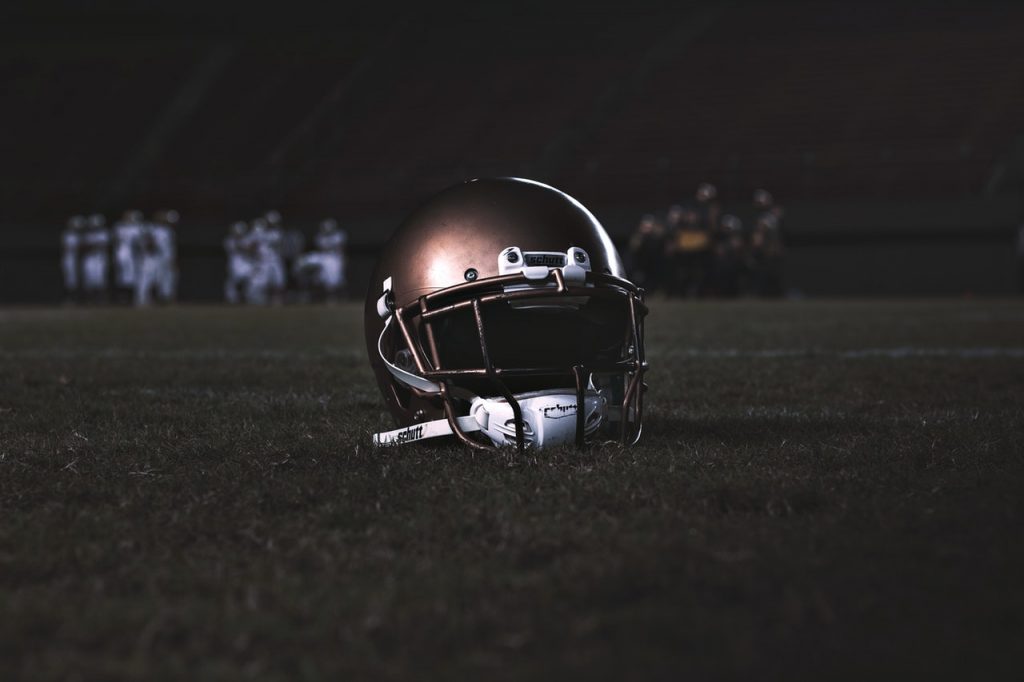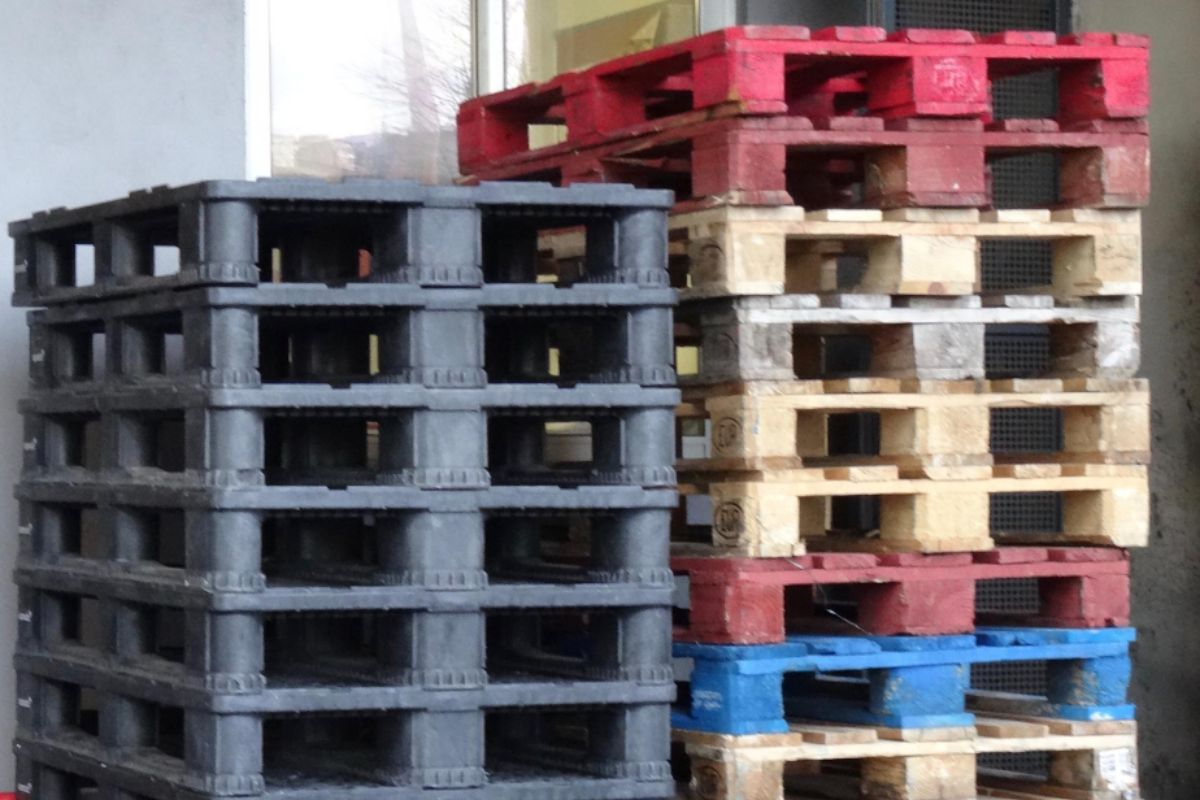What are the uses of plastic injection molding in the production of sporting goods?
- Contact sports
- Non-contact sports
- Shooting sports
Plastics have been one of the most useful inventions in our history ever since its conception during the early 1900s. That is because it is used in a wide array of applications in an equally wide number of industries worldwide. Thanks to developments in plastic injection molding in China and other major plastic producing countries, one particular industry that has benefitted from plastic is the sporting industry.
The reason for that is because of two key factors that are present in every sports equipment being made through plastic injection molding: durability and appearance. In terms of durability, many light and shatter-resistant resins are continually being discovered. This is on top of the already numerous light but durable and high impact-strength plastics available on the market. This makes it so that sporting goods are durable and can withstand the wear and tear that frequent high-performance use entails.
The second factor, appearance, is also crucial because uniforms are a staple of sports whether it’s contact or not. Sporting goods need to be customizable appearance-wise so that it would match a given team’s colors and motifs, regardless of the color combination or blocking.
In order to further understand the usefulness of plastic in the sports world, here are some of the specific uses of plastic injection molding in the production of sporting goods.
Contact Sports

Contact sports benefit heavily from plastic injection molding because of many contact sports. Full contact, semi-contact, or limited-contact all use some form of protective gear or sports implement.
- Protective Gear
Helmets are one of the most widely produced injection-molding sporting goods around. Just take a look at American football, hockey, lacrosse, baseball, and octopush. Helmets are crucial in these sports because they protect players from getting head injuries that can be potentially debilitating, if not fatal.
Other types of protective gear similar to helmets include shin guards, shoulder pads, and groin cups. Even the mouthguards being used in sports like boxing, MMA, and basketball are also injection molded. As long as there is a body part that is exposed and vulnerable to damage, plastic can be used to protect it thanks to its high-impact strength and versatility.
- Sports Implements
Aside from protective gear, sports implements (or tools in layman’s terms) also incorporate some form of injection molded part. Better performance, accessibility, and experience are being observed in these sports. This is all thanks to the better strength-to-weight ratio and the relatively cheap cost of manufacturing plastic. Good examples of this include the ultimate flying discs, roller skates for roller derby, and the spikes in football cleats.
Non-Contact Sports

For non-contact sports, protective gear isn’t utilized as much because there are fewer risks involving the competitors, but they are still definitely present. Like its counterpart, the true significance of injection-molding plastic for this kind of sport is in the implements or tools used. Examples of non-contact sports implements include rackets (tennis, badminton, or squash), boards (skating, skiing, watersports such as wakeboarding and surfing), and rods for sport fishing.
Cyclists, competitive or not, also have plastics to thank for lighter bike frames and cheaper bike parts that make the sport and hobby more accessible to people. Now that we’re on the subject, motorsports such as racing also benefit from the use of plastic injection molding. Light plastic car parts contribute to better aerodynamics, which results in faster performance in vehicles.
Shooting Sports

Shooting sports get a special mention because sporting guns and most firearms, in general, are made of plastic. That wasn’t the case before, but firearm manufacturers have discovered that using high-quality plastics drives down manufacturing costs while maintaining the same competitive performance. This includes the small parts that comprise the action component of a gun to the big components like the stock and barrel. The sport-shooting industry has benefited massively from development efforts in plastic injection molding in China, America, and Europe, the world’s biggest plastic and firearm manufacturers.
Design engineers around the world are experts at conceptualizing new innovations, improving the manufacturability of existing designs, and incorporating state-of-the-art plastics and polymers into firearm technology. All this results in more robust and accurate firearms that can help a marksman hit the target with better accuracy and precision.
Key Takeaway
Injection-molding parts are definitely a great fit for sporting goods and other athletic gear for the reasons stated above and more. Regardless of the nature of the sport, the future is secure thanks to plastic injection molding.










